Glossary of Boot terms
Bellows tongue: a wide folding tongue that is integrated into the sides of the uppers to prevent water and debris from entering the forefoot area.
Collar: the padded cuff around the top of the boot.
D-rings: Metal loops in a D-shape that are often used in the upper part of the lacing system in place of hooks or eyelets. The main benefit of D-rings is they grip down on laces once tied. This makes for a more secure tie, reducing the risk of laces coming untied on the move.
Eyelets: the rows of ring-shaped holes through which the laces are threaded in some boots.
Fastening system: the boots’ lacing system, either traditional or quick-release.
Heel brake: the aggressive lug pattern used in the heel section of some outsoles to provide additional grip and traction.
Inlets: an umbrella term for the parts of a hiking boot used for lacing – D-rings, hooks, and eyelets.
Insulation: the material used in boots to add warmth and boost heat retention.
Lining: the material inside the shoe that comes in contact with the foot.
Lug: the chunky pattern on outsoles designed to provide traction and grip.
Lug pattern: the pattern of the tread on the outsole of a boot. Different patterns provide varying degrees of traction but, as a general rule, multi-directional patterns are the grippiest and well-spaced lugs provide the best traction in muddy terrain.
Plates: thin inserts squeezed between the midsole and the outsole to provide additional underfoot protection against rocks, roots, and debris.
Rand: a strip of rubber that covers the joint between the upper and the sole, either encircling the entire boot or covering the toe area only. Rands protect the material of the upper from abrasions and the toes and the lower part of the foot from the impact and discomfort of rocks or debris.
Seams: the parts of a hiking boot where pieces of fabric are sewn together. Because seams are a common point of leakage and abrasion, the most durable and waterproof boots are made like the Stelvio, using a single piece of leather to minimise seams.
Shank: thin inserts placed between a hiking boot’s midsole and outsole to add rigidity and support, both of which are useful attributes when hiking in steep terrain or carrying a heavy backpack.
Sympatex Moisture Tech®: The waterproofer of choice for Gronell since the beginning. The patented membrane lamination process seals the shoe, preventing water from infiltrating while also wicking sweat.
Toe box: the section of the boot that surrounds the toes. Ideally, toes should not be pressed against the toe box as this can cause bruising, blisters, and discomfort.
Tongue: the flap beneath the laces that covers the forefoot. The tongue prevents dirt, water, and debris from getting into the boot.
Waterproof membrane: a thin lining that is bonded to the interior of the upper. It keeps feet dry by using microscopic holes too small to let water seep in from the outside but big enough to let sweat escape as a vapour.
Vibram: All Gronell boots include the excellent quality Italian brand Vibram, with non-slip and shock-absorbing insoles and a great grip when walking or climbing.
Boot anatomy
The upper: The upper is the part that covers the foot, providing protection and support. It is typically made from leather or synthetic fabrics.
The insole: The insole is the part that the foot rests on. It's invariably padded and often removable, meaning it can replaced after wear, or swapped for specialist inserts.
The midsole: The unseen part of the boot that lies between the insole and the outsole and provides both cushioning and support. These parts of a hiking boot provide cushioning and absorb impact from the trail.
The outsole: This is the highly durable exterior of the boot that comes into contact with the ground. It often features grippy lugs to provide traction on different surfaces. Gronell uses Vibram outsoles.
